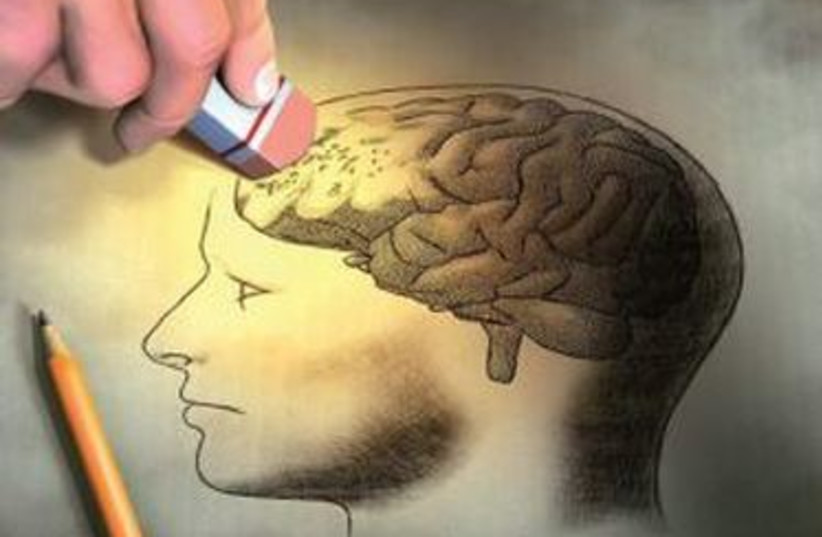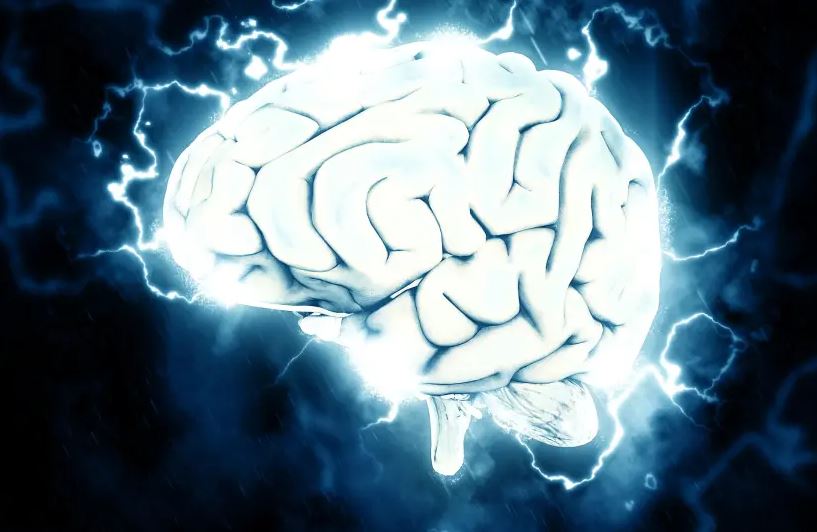A new study by researchers at Reichman University’s Brain Cognition and Technology Institute has shown that visual navigation areas in the brain can be activated with sound. By traversing mazes using sound information instead of visual information after training, visual navigation areas were activated.
This finding has numerous exciting implications. Among them is that the findings chip away at the Nobel Prize-winning theory of critical periods, and provide new ways for cognitive training that could potentially detect and even prevent Alzheimer’s disease.
The team conducted a series of studies that challenge conventional beliefs about the human brain’s functioning – claiming that the brain is divided by tasks rather than the commonly accepted division by the senses (seeing area, hearing area and so on). These studies utilized sensory substitution devices (SSDs), which are tools that transfer sensory information from one sense through another sense.
The classic theory of critical periods suggests that the senses can be developed only early in life, through exposure to sights, sounds, touch and other sensory information – and if they don’t develop during this period, they can’t be used later in life. The fact that SSDs can be used for effective training well into adulthood suggests that the theory needs to be changed. Taking this to the extreme, this body of research has shown that the brain can be reprogrammed through training so that visual areas in the brain can be activated even in people with no visual experience.
 Alzheimer’s disease (illustrative). (credit: VIA WIKIMEDIA COMMONS)
Alzheimer’s disease (illustrative). (credit: VIA WIKIMEDIA COMMONS)Reichman’s Brain Cognition and Technology Institute was founded and is directed by psychology Prof. Amir Amedi, who joined the institution of higher learning in 2019 and is the founding director of the Ruth and Meir Rosental Brain Imaging Center. He is also an adjunct professor at the Sorbonne University – Institute De La Vision in Paris. He was previously a professor at the Medical Neurobiology and Cognitive Sciences Department at the Hebrew University of Jerusalem, where he also completed his PhD studies in Computational Neuroscience.
The non-invasive SSDs offer researchers unique opportunities to observe how different brain regions respond when relevant information comes from another sense. Using functional magnetic resonance imaging (fMRI), the researchers in this new study examined the impact of using SSDs on visual retinotopically organized areas of the brain – in this case, specifically area V6, which is responsible for visual navigation and motion perception.
How is this helping the blind navigate?
The results of this study indicate that through short training with the EyeCane – an SSD that conveys spatial information about the visual surroundings through sounds – even those who are congenitally blind can develop selective activation in area V6. The study further supports the idea that despite years or a lifetime of blindness, the brain has the potential to process visual tasks and properties if the right technologies and training are used. The researchers found that the area contains motor neurons responsible for egocentric (independent of environmental cues) navigation.
The findings might have implications for improving detection and prevention of Alzheimer’s disease, the team said. Spatial deficits are a common early symptom of Alzheimer’s disease, and navigation and spatial cognition rely on V6 among other brain regions.
The team concluded that V6 can develop its selectivity for navigation in the absence of visual experience, as seen in the congenitally blind participants using the EyeCane SSD. This suggests that there could be ways to train and enhance navigation abilities in individuals at risk for dementias including Alzheimer’s disease, such as older adults or those with mild cognitive impairment.
By understanding the neural mechanisms underlying development and functioning of spatial navigation better, “it may be possible to identify early biomarkers and targets for interventions aimed at preventing or slowing the progression of Alzheimer’s disease.”
Source: New technology enables the blind to navigate – Israeli study – The Jerusalem Post













